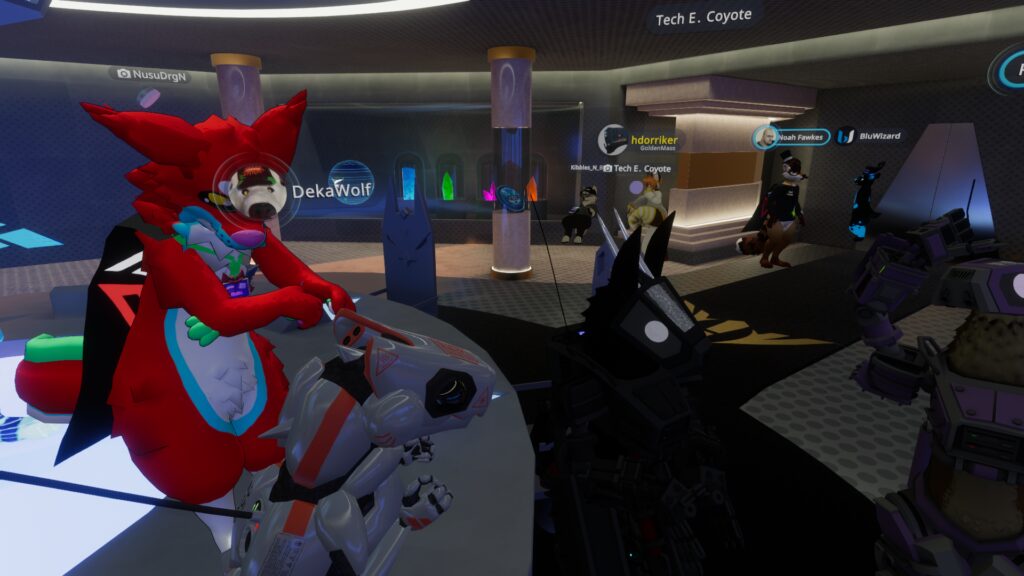Creating video games involves a complex process of bringing art and animation to life. The first step is concept art, which sets the creative direction for the game. 3D modeling of characters, objects, and environments is then created using software like Maya or Blender. Texturing and shading follows to make the models look more lifelike, and then the models are rigged with an internal skeleton, allowing them to be animated. Finally, animators use software like Autodesk Maya or MotionBuilder to create keyframe animations or motion capture data. Each stage requires skill and attention to detail, resulting in the immersive gaming experience players enjoy.
The Intricate Process of Game Art and Animation
Introduction
When you’re playing your favorite video game, it’s easy to get lost in the immersive storyline, engaging gameplay and stunning visuals. What you might not know is just how much work goes into creating the art and animation that makes the game come to life. Game development is a complex process, and today we’ll be taking a closer look at the intricate process of game art and animation, exploring the various stages involved in bringing a video game to life.
Concept Art
Every video game starts with an idea, and the first step in turning that idea into reality is creating concept art. Concept art is the process of creating visual representations of the game’s characters, environments, and other elements. This stage is critical as it sets the tone for the entire game and helps the team flesh out its vision. Without a clear creative direction, the team might struggle to create a cohesive and visually appealing game.
3D Modeling
Once the concept art is finalized and approved by the team, the next step is creating 3D models of the characters, objects, and environments. 3D modeling is the process of creating digital representations of objects in a three-dimensional space. In this stage, artists use software like Maya or Blender to create highly detailed models of the game assets. The models are then tested to ensure they fit within the game’s technical limitations and can be rendered smoothly in-game.
Texturing and Shading
After the 3D models are complete, the next step is texturing and shading. This stage involves adding color, texture, and lighting to the models to give them a more lifelike look. Artists use software such as Substance Painter and Photoshop to create highly detailed textures and apply realistic lighting effects. The texturing and shading stage can make a huge difference in the mood and atmosphere of the game.
Rigging
Once the 3D models have been textured and shaded, the next step is rigging. Rigging is the process of adding an internal skeleton to the 3D models, allowing them to be animated. Artists use software like Maya to create the rig and bind it to the model. The rig needs to be carefully crafted so that the character or object can move naturally and realistically, giving the game a sense of immersion.
Animation
Finally, once the rigging is complete, the models are ready to be animated. Animators use software like Autodesk Maya or MotionBuilder to create keyframe animations or motion capture data. This stage requires a keen eye for detail, as the animations need to fit seamlessly into the game. Animators will often work with the game designers to ensure the animations match up with the gameplay mechanics and add to the overall gaming experience.
Conclusion
The process of creating game art and animation is a long and intricate one, spanning multiple stages and requiring the expertise of several professionals. From concept art to animation, each stage is critical to the game’s success and requires a skilled artist’s attention to detail. The next time you sit down to play your favorite video game, take a moment to appreciate the incredible work that went into creating every pixel on the screen.
